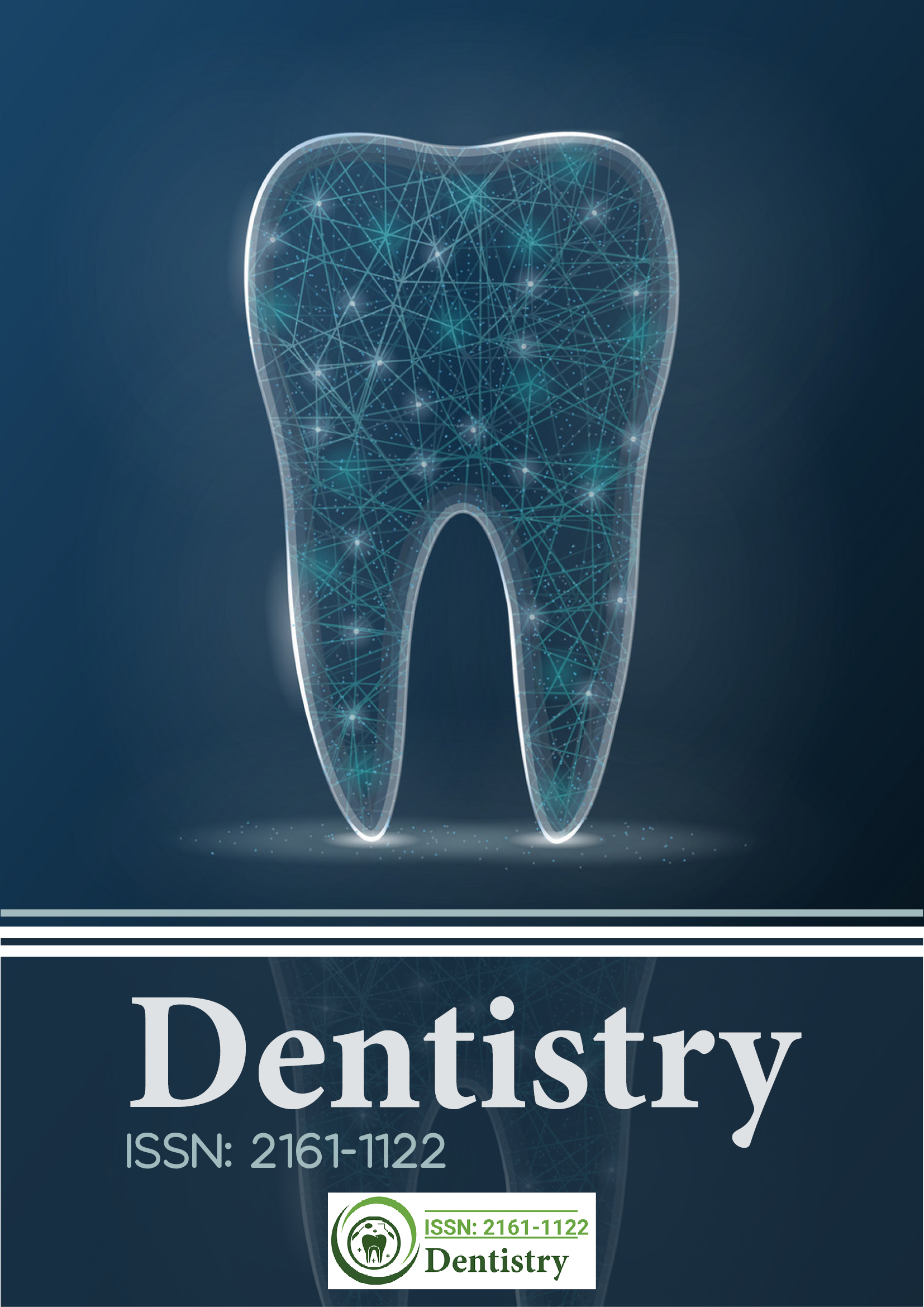Indexado em
- Genamics JournalSeek
- JournalTOCs
- CiteFactor
- Diretório de Periódicos de Ulrich
- RefSeek
- Universidade de Hamdard
- EBSCO AZ
- Diretório de Indexação de Resumos para Periódicos
- OCLC- WorldCat
- publons
- Fundação de Genebra para Educação e Pesquisa Médica
- Euro Pub
- Google Scholar
Links Úteis
Compartilhe esta página
Folheto de jornal

Periódicos de Acesso Aberto
- Agro e Aquicultura
- Alimentos e Nutrição
- Bioinformática e Biologia de Sistemas
- Bioquímica
- Ciência de materiais
- Ciencias ambientais
- Ciências Clínicas
- Ciências Farmacêuticas
- Ciências gerais
- Ciências Médicas
- Cuidados de enfermagem e saúde
- Engenharia
- Genética e Biologia Molecular
- Gestão de negócios
- Imunologia e Microbiologia
- Neurociência e Psicologia
- Química
Abstrato
Fatores associados à frequência regular ao dentista entre trabalhadores de colarinho branco
Seitaro Suzuki*, Koichi Yoshino, Atsushi Takayanagi, Yoichi Ishizuka, Ryouichi Satou, Yuki Onose, Takako Eguchi, Hideyuki Kamijo, Naoki Sugihara
Contexto: Foi relatado que alguns fatores associados à frequência regular ao dentista. Enquanto isso, poucos relatórios discutiram uma relação entre ambiente de trabalho, estilo de vida e comportamento de higiene oral .
Objetivo: Identificar fatores associados à frequência regular ao dentista entre trabalhadores de colarinho branco.
Método: Esta pesquisa transversal baseada na internet foi conduzida para identificar fatores associados à frequência regular ao dentista entre trabalhadores de colarinho branco. Os participantes foram convidados a preencher um questionário autorrelatado. Um total de 834 trabalhadores somente diurnos e 109 trabalhadores noturnos com idades entre 30 e 69 anos foram analisados.
Resultado: Ambiente de trabalho, estilo de vida e comportamento de higiene oral foram incluídos na análise. Análise de regressão logística múltipla foi realizada para identificar a relação entre esses fatores e o atendimento odontológico regular. Como resultado, diferenças significativas foram observadas com os seguintes parâmetros após o ajuste para possíveis fatores de confusão: duração do café da manhã (odds ratio ajustado [AOR], 1,72; intervalo de confiança de 95% [IC 95%], 1,285–2,297), escovação antes de dormir (AOR, 1,72; IC 95%, 1,302–2,263), duração da escovação dos dentes (AOR, 1,56; IC 95%, 1,188–2,046), trabalho em turnos (AOR, 1,55; IC 95%, 1,067–2,261) e Meu trabalho vale a pena ser feito (AOR, 1,50; IC 95%, 1,129–1,993).
Conclusão: Esses resultados indicam que o ambiente de trabalho , o estilo de vida e o comportamento de higiene oral estão associados à frequência regular ao dentista. Em particular, o trabalho em turnos e o estresse no trabalho foram associados à frequência regular ao dentista em relação ao ambiente de trabalho. Portanto, os provedores de assistência médica podem ser capazes de promover a frequência ao dentista informando os trabalhadores que o ambiente de trabalho, o estilo de vida e o comportamento de higiene oral podem estar associados à frequência regular ao dentista.